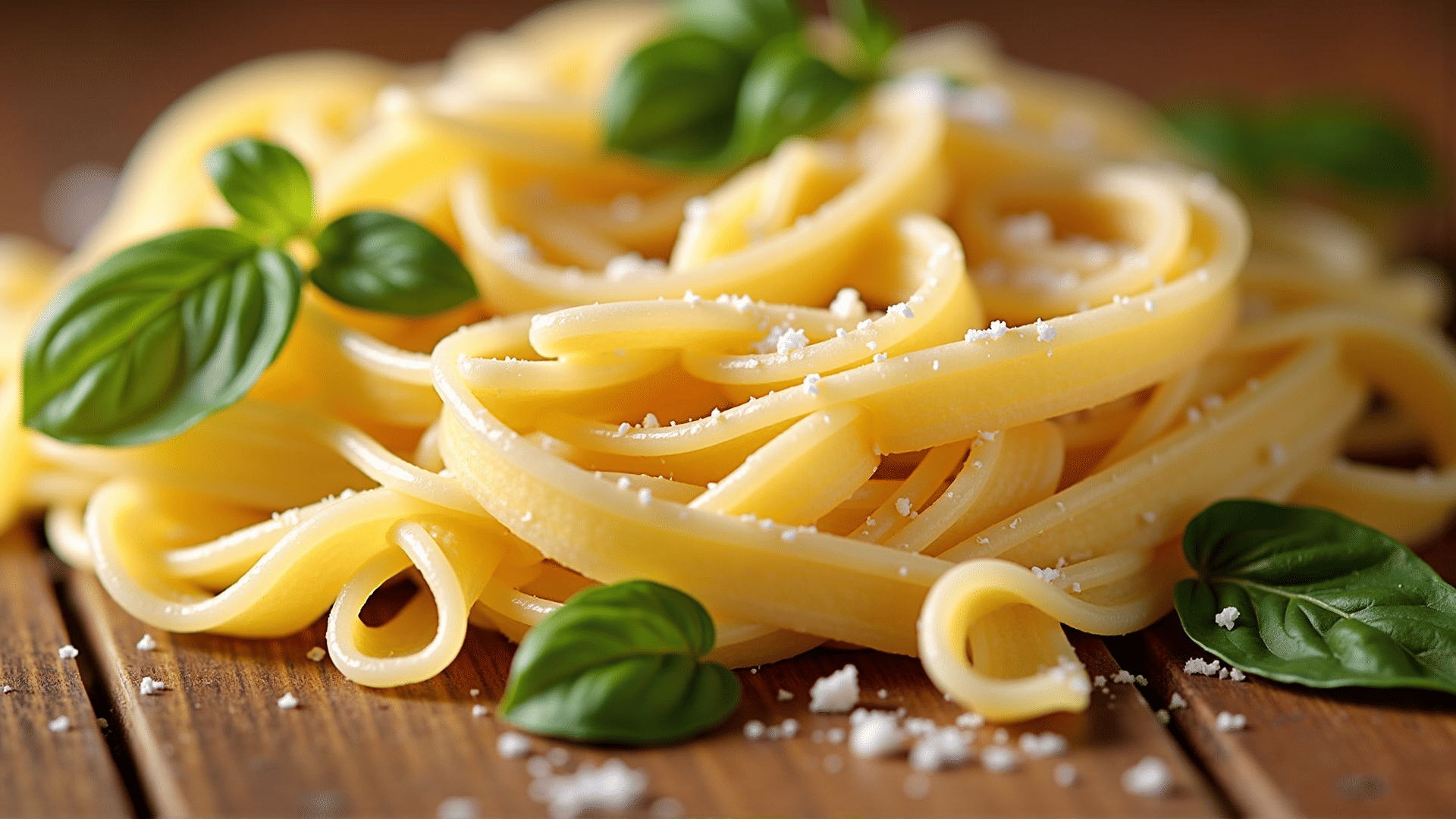Pasta is often hailed as one of the most comforting and versatile foods, capable of transforming a simple meal into an elegant dining experience. Perfecting pasta involves more than just boiling water and opening a jar of sauce. It’s an art form that requires knowledge, patience, and a touch of finesse. Here, we delve into the secrets of crafting the perfect pasta dish, offering insights into selecting the best ingredients and mastering essential cooking techniques.
Selecting Quality Ingredients
The foundation of any great pasta dish lies in its ingredients. Begin with choosing high-quality pasta, preferably made from durum wheat semolina. The higher protein content in durum wheat provides an ideal al dente texture when cooked.
Fresh ingredients make a significant difference. Opt for vine-ripened tomatoes, fresh basil, and high-quality olive oil, preferably extra virgin. If using meat or seafood, choose organic or sustainably sourced products to ensure the most flavorful and ethical outcome. The cheese should be freshly grated from a block, whether it’s Parmigiano-Reggiano or Pecorino Romano, to enhance both texture and flavor.
The Right Pastas for the Right Sauces
Understanding the interplay between pasta shapes and sauces is crucial. Lighter, oil-based sauces work best with long, thin pasta like spaghetti or linguine. Creamy sauces cling beautifully to shapes like fettuccine or pappardelle, while chunkier sauces pair well with ridged or tubular pasta, such as penne or rigatoni, which capture every bit of goodness.
The Cooking Process
-
Boiling the Pasta: Start with a large pot of water, generously seasoned with salt—enough to mimic the salinity of the sea. This is crucial as the pasta will absorb this seasoning while cooking. Avoid the temptation to add oil to the water as it prevents sauce adhesion.
-
Perfect Timing: Achieving al dente is paramount; it refers to pasta that offers slight resistance when bitten. Consult the package for recommended timings, but start tasting a minute or two earlier. Al dente pasta not only provides an optimal texture but also continues to absorb flavors once mixed with the sauce.
-
Saving the Pasta Water: Reserve a cup of the starchy pasta water before draining. This liquid gold helps emulsify and thicken sauces, adding depth and cohesion to your dish.
Crafting the Sauce
Making a remarkable sauce is what elevates pasta from good to great. Whether you’re simmering a tomato-based sauce or melting cheese for a rich Alfredo, patience is key. Allow flavors to meld over slow heat, infusing ingredients thoroughly.
For tomato sauces, consider caramelizing onions and garlic before adding tomatoes to draw out natural sweetness. For cheese-based sauces, melt cheese slowly in a mixture of cream and the reserved pasta water for the perfect consistency.
Finishing Touches
After combining pasta and sauce, allow them to cook together briefly. This final step ensures flavors are fully absorbed, and the pasta is evenly coated.
For a restaurant-quality finish, add fresh garnishes such as a sprinkle of freshly chopped herbs, a crack of black pepper, or a drizzle of aromatic olive oil. These elements not only enhance flavor but visually elevate the presentation of your dish.
Experiment and Evolve
One of the greatest joys in cooking is personalization. Don’t hesitate to experiment with seasonal ingredients, regional cheeses, or varying pasta shapes to develop your signature creation.
By understanding the nuances of pasta and sauce, execution becomes an art. With quality ingredients, precise techniques, and the heart of a true gourmand, any home cook can transform pasta into a masterpiece. So, tie on your apron, gather your ingredients, and embark on the delicious journey of perfecting pasta.
